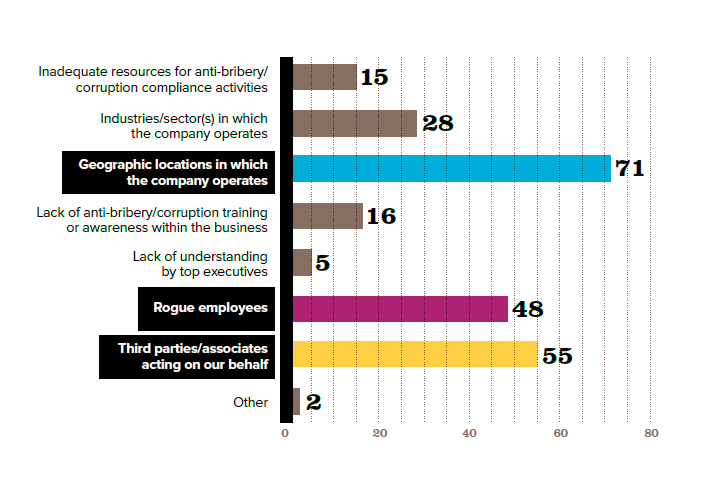We revisit the same Winston & Strawn plot which appears as the plot as it was in the most recent post in its improved re-incarnation. Now, let’s take up four more observations.
The thick black line on the vertical y-axis adds nothing: It is an example of what is referred to as “chart junk”, an element of a plot that adds no useful information but clutters up the plot and makes it that much harder to grasp.
Second, neither axis has a label to explain what the axis represents. Labels are generally a good thing so that a plot can stand on its own without explanations in the report text.
 Law Department Management Blog
Law Department Management Blog


